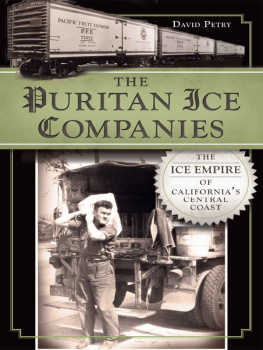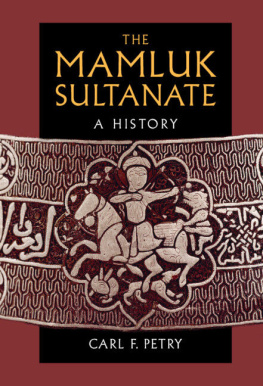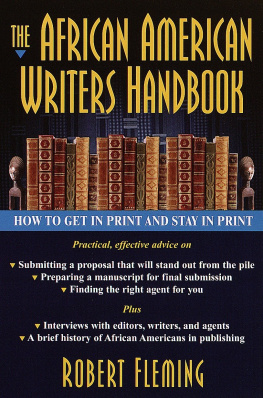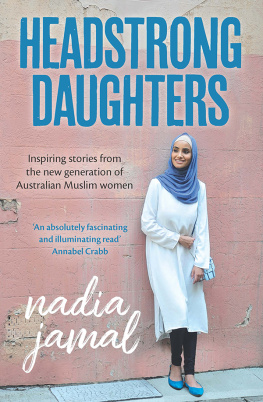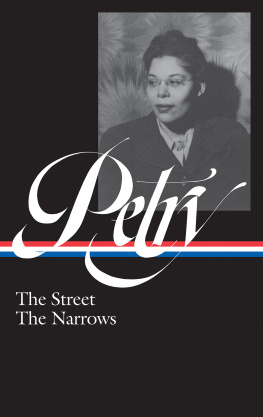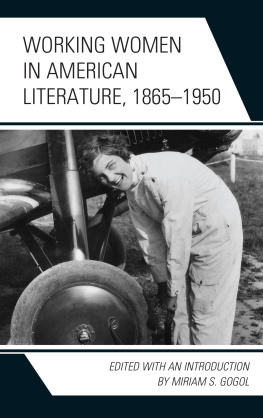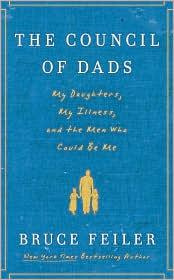At Home Inside

AT HOME INSIDE
A Daughters Tribute to Ann Petry
ELISABETH PETRY

BOOKS BY ANN PETRY
NOVELS
The Street. Boston: Houghton Mifflin Company, 1946.
Country Place. Boston: Houghton Mifflin Company, 1947.
The Narrows. Boston: Houghton Mifflin Company, 1953.
SHORT STORIES
Miss Muriel and Other Stories. Boston: Houghton Mifflin Company, 1971.
CHILDRENS LITERATURE
The Drugstore Cat. New York: Thomas Y. Crowell Company, 1949.
Harriet Tubman: Conductor on the Underground Railroad. New York: Thomas Y. Crowell
Company, 1955.
Tituba of Salem Village. New York: Thomas Y. Crowell Company, 1964.
Legends of the Saints. New York: Thomas Y. Crowell Company, 1970.
www.upress.state.ms.us
The University Press of Mississippi is a member of the Association of American University
Presses.
All photographs are from the authors collection.
Copyright 2009 by Elisabeth Petry
All rights reserved
Manufactured in the United States of America
First printing 2009
Library of Congress Cataloging-in-Publication Data
Petry, Elisabeth.
At home inside : a daughters tribute to Ann Petry / Elisabeth Petry.
p. cm.
ISBN 978-1-60473-100-2 (cloth : alk. paper) 1. Petry, Ann, 19081997. 2. Authors, American20th centuryBiography. 3. African American authorsBiography. 4. African American women authorsBiography. I. Title.
PS3531.E933Z8 2009
818.54dc22
[B]
2008018531
British Library Cataloging-in-Publication Data available
For My Cousin
ANNA HOUSTON BUSH
We are people to whom the past is forever speaking. We listen to it because we cannot help ourselves, for the past speaks to us with many voices. What people didthe lives they lived, the sacrifices they made, the stories they told and the songs they sang, and finally, the deaths they died make a part of our own experience. It is as real to us as something that happened last week.
BRUCE CATTON, A House Divided
CONTENTS
ACKNOWLEDGMENTS
When I set out to write reminiscences of my mother I had no idea they would take me on such a wonderful journey, deep into my mothers life and even deeper into my own. I anticipated that the trip would be painful, and some of it was. But it was not the horror show I expected. Early in the writing I believed that I would have to rip open a vein and let the blood splatter all over the page. In many ways its been more like a five-mile run on hilly terrain. Some parts of it hurt, but most of it felt wonderful. And I certainly experienced a runners high at the end.
A number of people helped to ease my way. I thank all of them from the bottom of my heartto use one of my mothers favorite expressions.
First to my cousin, Anna Bush, who shared some of her memories with me and supplied me with background information. Its always been one of my great pleasures in life to talk and laugh on the phone with her, and our conversations took on special meaning when I was writing the book. I want to thank her most especially for allowing me to reveal family secrets.
My husband, Larry Riley, was patient when I was writing my first book, Can Anything Beat White? A Black Familys Letters, published in 2005 by the University Press of Mississippi. He was even more understanding as I worked on this one. He made sure I had the peace and quiet to take those dives into the deep emotional waters, and he did more than his share of chores around the house so that I didnt have to spend my breaks from writing on cleaning and pulling weeds.
Two of my dear friends supported me in different ways, and I am indebted to them both. I thank them for their faith in me.
Professor Emeritus Ellen G. DOench, former curator of the Davison Art Center at Wesleyan University in Middletown, gave me the benefit of her brilliant, insightful mind and her scholars training to help me polish the manuscript. She was invaluable in showing me where I needed to add information about myself. Having entered journalism on the cusp of the gonzo revolution, I did not find it natural to insert myself into the story, so I bless her for her I need the facts commentary. Her knowledge of art and visual effects made the selection of the photographs included here a pleasure rather than the torture I had expected.
My wonderful friend Thelma Ball Freeland also gave me emotional support and kept up the refrain, You can do it, even though I really felt that I couldnt. When I was at a particularly low point in the work, she buoyed my spirits and encouraged me to keep going. She found time in her busy schedule as a consultant to nurture me and to provide the type of support that made me feel better about myself and my work.
My editor, Seetha Srinivasan, is a jewel among women. As with my first book, Seetha made her vision for this book clear from the beginning, and her critiques have resulted in a far clearer and more insightful work. I value her sensitive and brilliant suggestions. She is the best kind of editor as she possesses a thorough understanding of the material but never interferes with my writers voice.
I would also like to thank three people whom I met because they knew and loved my mother. They have since become valued friends of mine.
Professor Emeritus Edward Clark, formerly on the faculty at Suffolk University in Boston, whose Black Writers in New England: A Bibliography, with Biographical Notes, of Books By and About Afro-American Writers Associated with New England in the Collection of Afro-American Literature is a work of pure genius, has been faithfully updating the bibliography since the National Park first published the work in 1985. In the course of doing that work he has drawn my attention to material about Mother that I didnt know existed. He has also helped me to act as a watchdog over her literary legacy.
Professor Diane Isaacs, who has taught at the University of Maryland, George Washington University, and the University of Delaware, among other places, paved the way with her doctoral thesis, Ann PetrysLife and Art: Piercing Stereotypes, which she completed in 1982. Diane was also first in encouraging me to write this work, and she offered wonderful consolation after Mothers death.
Professor Emeritus Mark Wilson, a former faculty member at the University of Hawaii, managed to worm more personal information out of my mother than any other interviewer. I thank him for achieving the near impossible and for sharing it with the world in MELUS: The Society for the Study of the Multi-Ethnic Literature of the United States, published in the summer of 1988.1 thank him, too, for giving me a copy of the full interview and for helping me to understand Mothers experiences during the academic year she spent in Hawaii.
And finally, thank you to the ancestors: my great-great-great grandparents, Samuel and Betty Lane; my great-great grandparents, P. C. and Lydia Lane; my great-grandparents, Willis Samuel and Anna Houston James, and Theodore and Jennie Lane; my grandparents, Peter Clark Lane and Bertha James Lane; and all the wonderful children these people produced. Our world is richer for their existence.
At Home Inside
Next page

